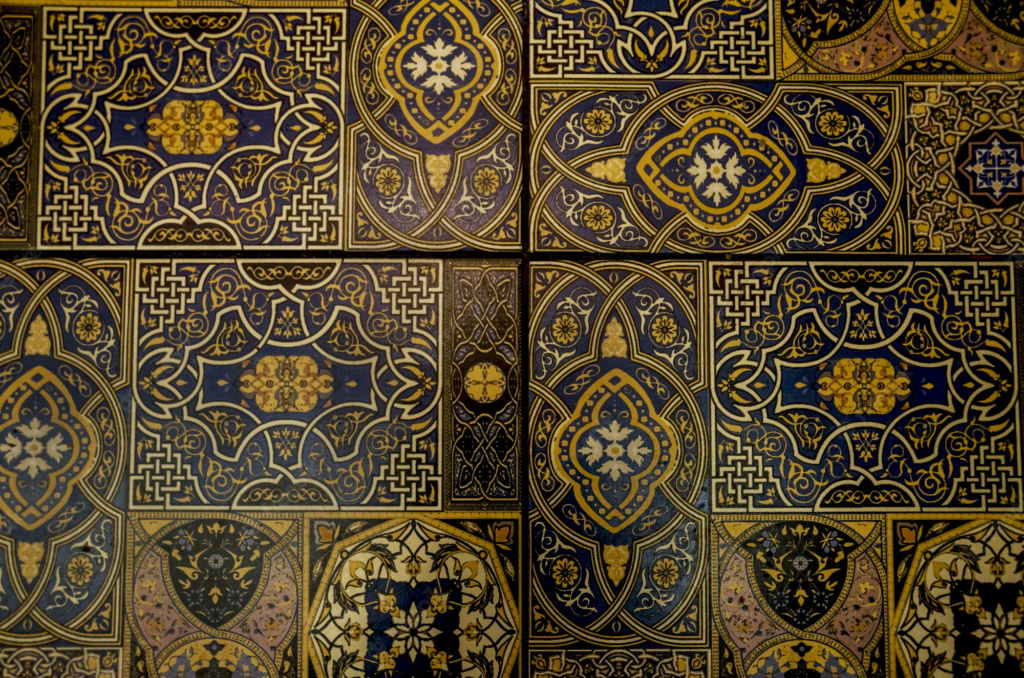What does brown mean?

Whilst very similar to green tiles, brown is an instant connector to the great and sometimes harsh outdoors, wildlife and raw nature. With a distinct earthy, calming nurturing feel it captures and promotes getting back to basics.
Driving this human need to get off our screens and digital interfaces and get in front of others and truly connect.
Although it does carry the semblance of luxury and enjoyment, similar to the oozing feeling you get from watching folding chocolate – this is all really rooted in one thing. And that is the sublime calmness, presentee-ism, living in the now and getting physically involved the brown really projects.

Yes it does not have the vibrancy of an fish scale yellow, or the regalness of an Arabesque blue, but it does come in with a calmness, an experienced vibe that just exudes thought.
Whilst brown may not always be the go to colour for many people, it is definitely one that helps to stabilise and ground rooms, people and more importantly, chaotic opinions. When used with a vision and idea it can be mesmerising.
With a focus to slow down the immediacy and instant nature of day to day life, it can be ideal for rooms of contemplation, remembrance and awareness as it speaks to the core reality of our human nature, flesh, bones and dirt.
How to use brown Moroccan tiles
As mentioned already brown Moroccan tile is not necessarily a go to for many people. One of the most common reasons is that brown is very misunderstood and treated without enough care and attention.
Unlike dominant colours like reds and greens, brown can easily be overused, and when you do that, you end up with rooms that are too dark, too restricted and too intimate. That is not an ideal scenario if you and your family are trying do your day to day activities or you are looking to relax.
You really have 2 choices here, dedicated brown works really well on traditional furniture, walls and even islands – especially if you use darker more chocolate tones.
But any version of brown almost always needs a contrast, a partner or companion that breaks it up. Whether that is the floor, bordering, or pops of colour in furniture such as whites, creams and beige.
As you can tell, that partner needs to be lighter and brighter – to help you avoid having a clump of brown and get you towards something more structured and organised. That interplay of colours can be rich, deep and dominating as well as light and positive.
All of these different techniques allow brown to come across as confident and a stand alone exhibit to be admired, recognised as rooted, stable and permanent, and most importantly taking away the feeling of suffocation whilst embracing the light.

Yes, a combination of texture and patterns do make it more attractive to the eye, adds character and personality, but as always too much of that in your face and you begin to feel co-cooned and lost in the brown.
To achieve that earthy rustic feel brown, just like earth and nature, needs a place of its own. A dedicated space, area, wall or floor that has been given a meaning and purpose and structured in a way to communicate that.
Brown is not something that just blends, and if you try to do that, you will probably find you end up absorbing or losing out, and overall things looking too bleak.
Instead its a colour that needs its own attention and space, but will willingly compliment and be the backdrop / canvas for other colours and bits of furniture such as tables, fireplaces, rugs and floorboards.
Just like mother nature, brown takes on its own role in whatever space you put it in.
Examples of brown Moroccan tile


